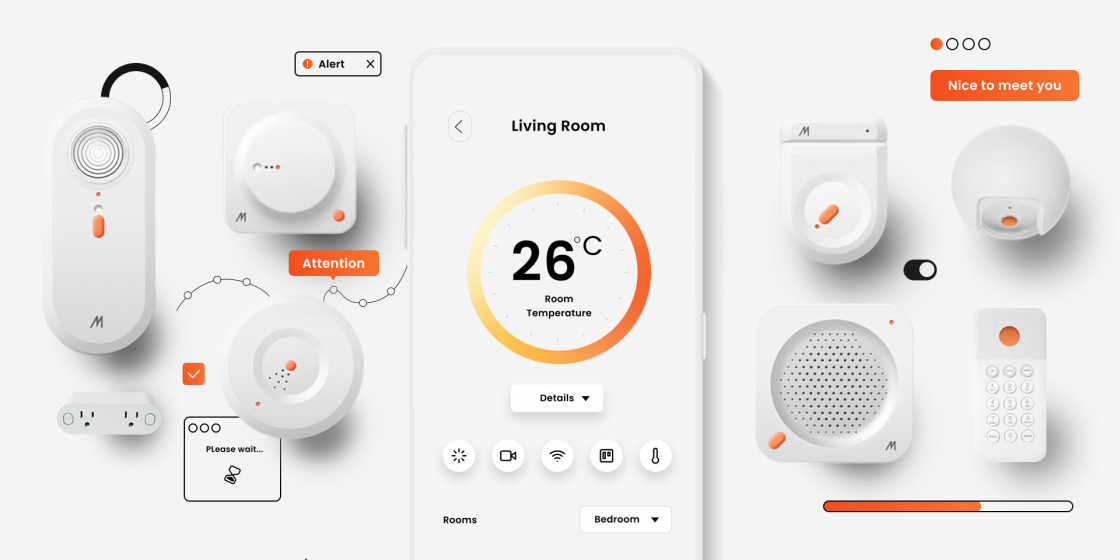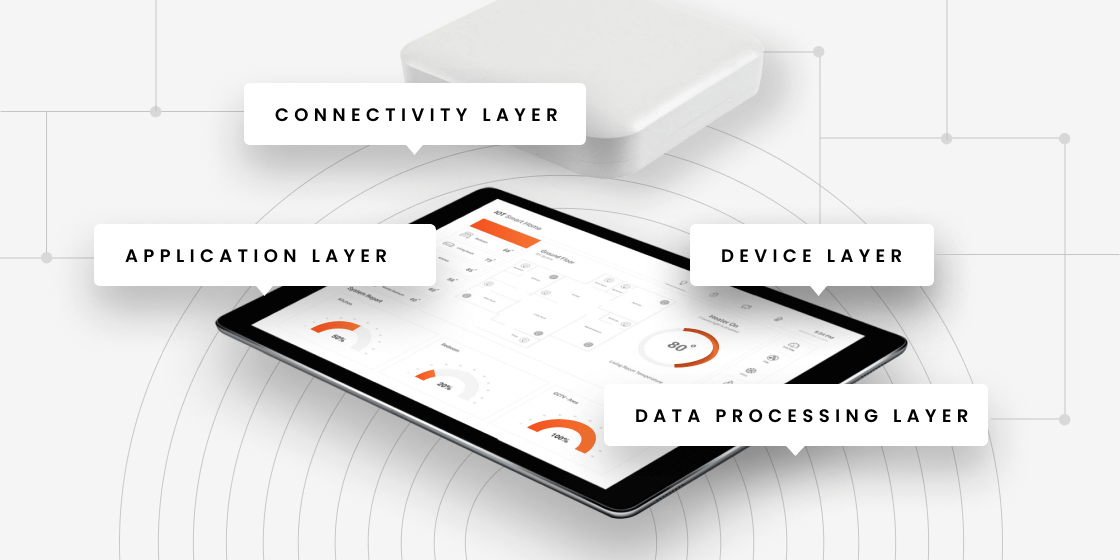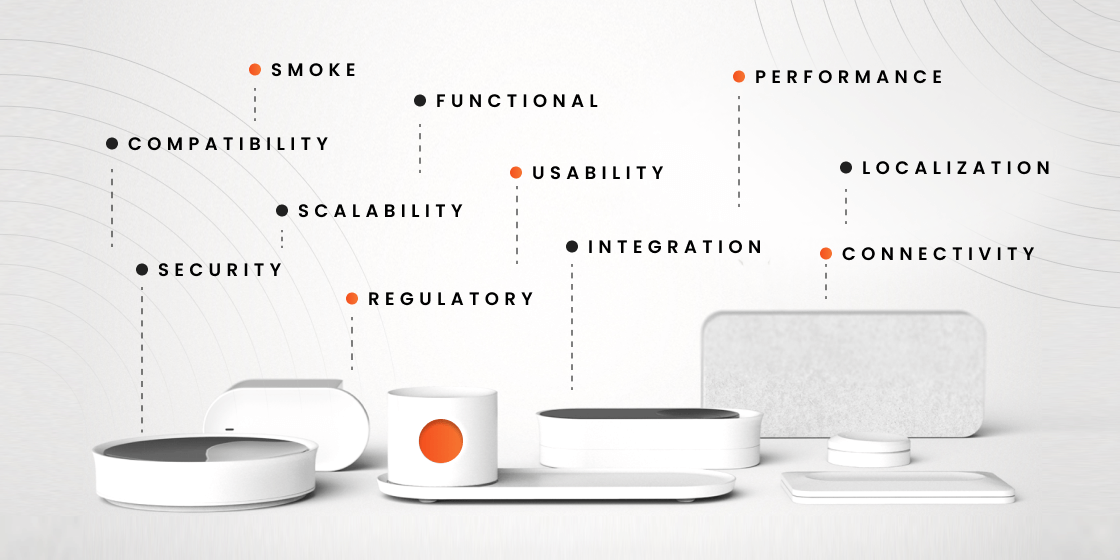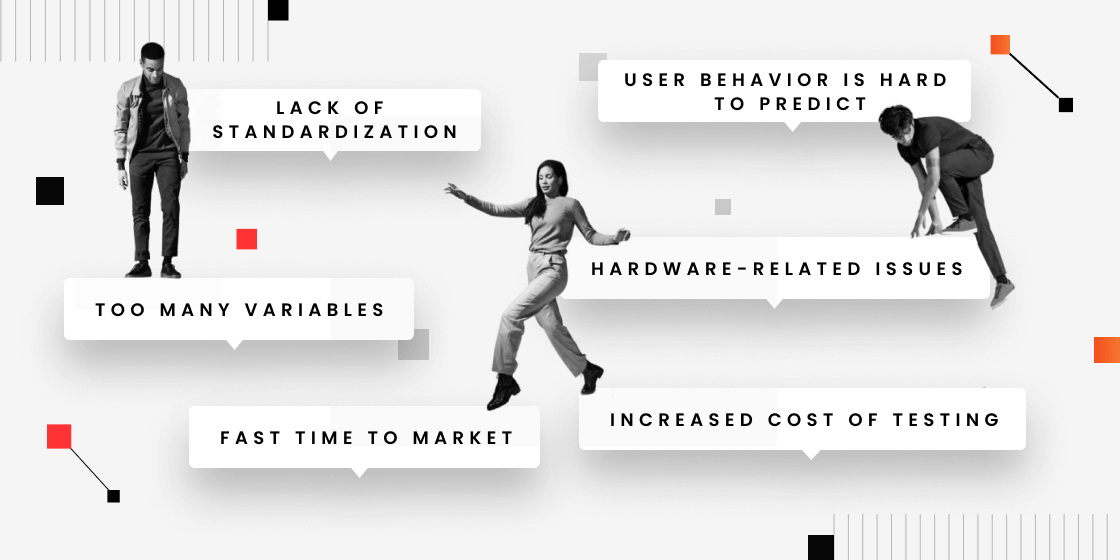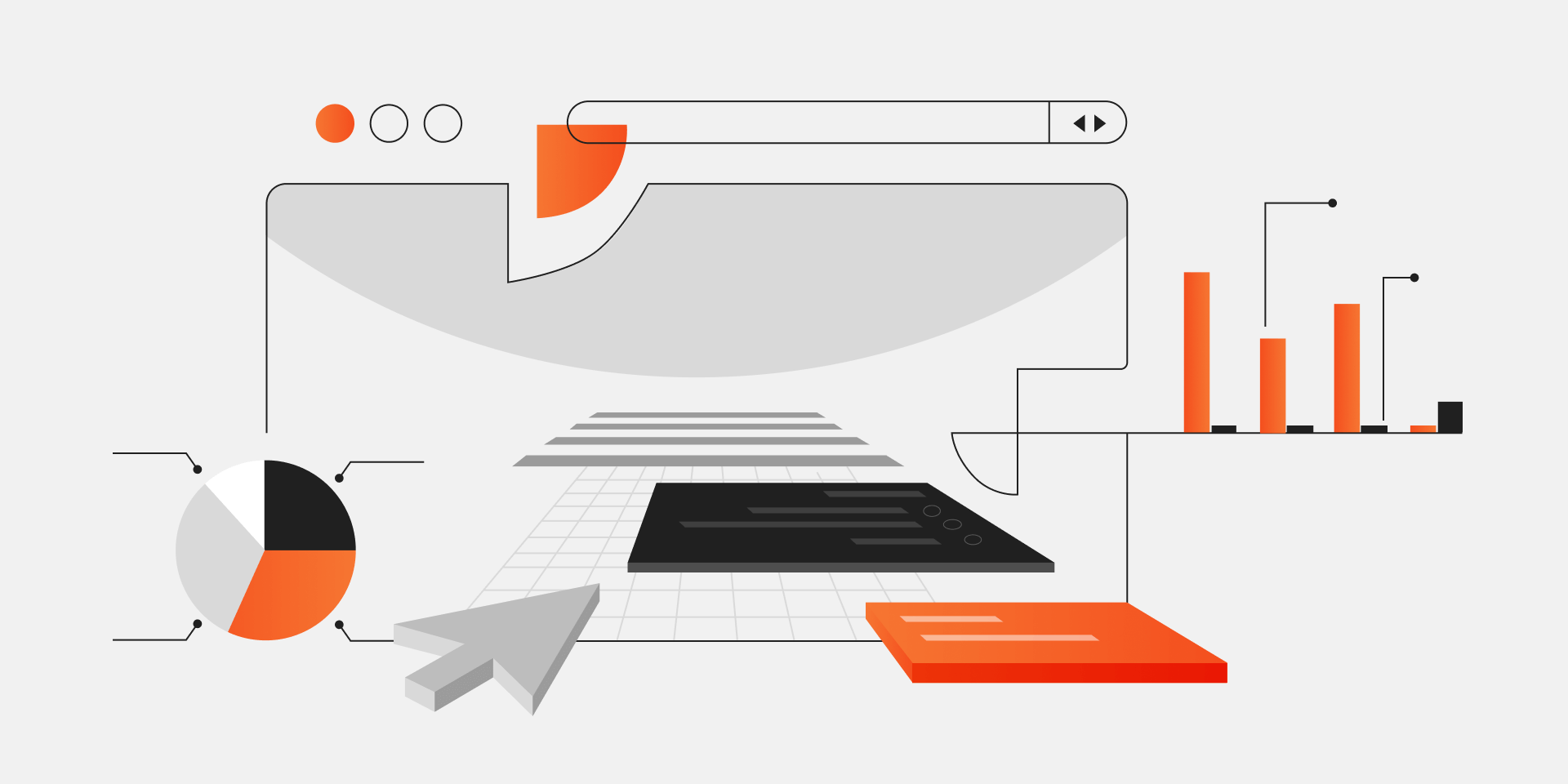Important Benefits of Adopting IoT Testing
Implementing testing for IoT is a necessary step in ensuring the success and smooth functionality of IoT deployments across various industries, which offers a wide range of benefits. Here are the most important ones:
Reliability and Performance Assurance
IoT testing helps identify and rectify potential system failures, ensuring that different devices that are connected to each other function smoothly, regardless of the manufacturer or technology used. This is particularly crucial in industries like healthcare and manufacturing, where system downtime can lead to severe consequences. In addition, rigorous testing helps ensure the optimization of IoT devices and system performance. This includes data accuracy, response times, and overall efficiency, which leads to enhanced user experience and operational effectiveness.
Security Validation
Another important benefit of IoT automation testing is that it helps identify potential vulnerabilities and security breaches within interconnected systems that would be difficult to understand through manual testing. By running automated tests using special IoT tools, businesses can manage all potential cases and improve data protection significantly, mitigating the risk of cyber-attacks and unauthorized access. Security validation is important in all industries, be it transportation or logistics, manufacturing, or hospitality, but it’s particularly crucial in industries such as finance, healthcare, and retail, where data privacy is paramount.
Extensive Test Coverage
Manual practices can’t possibly cover as many testing environments as IoT automation testing, which allows a myriad of operating systems, platforms, and devices. Moreover, the speed at which automation tests are carried out is very fast. In this way, companies can significantly speed up the release of their products while being confident that the quality of the products is top-notch. In addition, test automation tools excel at detecting bugs early in development, preventing them from becoming a bigger problem later in the project.
Regulatory Compliance
Finally, test automation plays a vital role in ensuring that the software complies with industry regulations. There are many things that contribute to regulatory compliance, starting from bug-free products that consistently demonstrate excellent performance to the ability to quickly adapt should there be any changes in the code to detailed reports necessary for compliance audits. And automation tests help on all of these fronts. Besides, automation regression tests provide confidence that new changes don’t break compliance with existing regulations and do not cause any errors that may disrupt trust with stakeholders.
Possible IoT testing challenges
The benefits and importance of IoT device testing and IoT application testing are not up for debate. And the Internet of Things testing as a whole has come a long way over the past few years, with new tools, approaches, and best practices helping IoT testing experts become even better at what they do.
At the same time, like any software testing niche, IoT QA is not without its challenges. IoT testing is a challenging process for several reasons, but there is nothing an effective testing team cannot mitigate. Here are the top IoT testing challenges most teams encounter sooner or later.
Complexity and Interoperability
Complexity is perhaps the most evident challenge that many companies face. Clients often want to integrate different devices into one ecosystem, which presents a unique testing challenge. Not only are these devices made by different manufacturers, but they can also include different components and use different technologies, requiring significant technical expertise to prevent connectivity issues and create a cohesive IoT environment. QA automation should address these issues, with a particular focus on interoperability testing.
Lack of standardization
Many IoT device types have been around for years and are regulated by certain industry standards. However, there are lots of completely unique IoT solutions that are hard to categorize, and the standardization industry clearly struggles to keep up with the IoT industry. The lack of strict standardization means the QA team has nothing to base the testing strategy upon and no blueprint that can serve as a canvas for testing.
User behavior is hard to predict
There are IoT products that are barely interacted with by human beings other than the setup and maintenance process. These can include different agricultural equipment, factory machinery, and logistics devices. And then there are IoT products that are interacted with every single day, such as medical devices and wearables. This means the team has to account for most of the possible ways the user can interact with the product, which takes time and experience.
Too many variables
An average IoT product is a combination of hardware, software, cloud technologies, and design features that is not used in any other product, even if their functionality is similar. Moreover, IoT devices require different connectivity protocols, so much so that some IoT testing experts believe that it’s not even possible to know every connection present in the device, let alone test it. Too many variables in a product also mean a longer, more labor-intensive process of testing the compatibility of your IoT solution.
Hardware-related issues
The actual IoT device — the piece of hardware that the user interacts with — is usually autonomous to a degree but still needs to be regularly maintained and have its battery charged. Unfortunately, both things often prove challenging. As a result, IoT QA engineers may choose to go lightly on testing and updates, which, in turn, can make the solution more vulnerable to security issues and jeopardize the whole related IoT environment.
Fast time to market
IoT product owners face fierce competition in the market these days. With some exceptions of absolutely one-of-a-kind products, there are usually several alternatives available for every IoT product you can think of. This is why product owners feel pressured to release their solutions faster than their competitors. This creates an additional challenge for the QA team, who now have to try and complete the same amount of testing in less time. Sometimes, it also means that IoT testing is treated as an afterthought in favor of faster release cycles, which will inevitably damage the IoT device’s performance, security, and eventually, reputation.
Increased cost of testing
There are many reasons why testing IoT devices typically costs more than testing regular software solutions. In addition to the possible seniority and prior experience requirements for the QA engineers, it’s also often necessary to set up a testing lab where the team can create the required conditions for thoroughly testing the product. It’s very expensive to do in-house and also triggers additional costs when working with an outside vendor.
Best practices for the Internet of Things testing
Whether you’re doing all IoT QA yourself or planning to use some outside help, it’s always a good idea to know how this type of testing is done and how to make it more effective. We are not going to post a whole testing tutorial here, but these are the key best practices for testing IoT solutions:
- Automate everything you can. Internet of Things testing is one of the most challenging QA types to automate, but it’s also one where automation always pays off. You should especially consider mature testing processes for automation since automating them makes the most business sense.
- Use gray box testing. By providing the testing team with some, but not all knowledge of the internal system workings, you can achieve a deeper understanding of whether the IoT solution truly hits all the marks. Grey box testing also works well when architecture, connectivity, and third-party software integrations are considered.
- Test in real-life scenarios. Teams often create whole testing labs for evaluating IoT solutions, but these are products that are going to be used every day in all kinds of scenarios. Real-life conditions, including different UX, performance, network, and compatibility testing scenarios, allow us to look at the solution from even the most unlikely angles.
Why it’s important to thoroughly test IoT products
The fact that software and hardware testing is essential for ensuring the quality of the product, and therefore the company’s reputation and revenue, is not up for debate. However, testing IoT solutions takes all of that to the next level, as the cost of error for an IoT product is significantly higher.
What’s the worst thing that could happen when an eCommerce site displays poor performance during a Black Friday sale? The customers cannot finish the purchase, and the company loses revenue as a result. But we probably don’t need to explain the potential outcome of a home security system being infected with malware due to insufficient security testing, the whole smart city infrastructure coming to a halt due to one malfunctioning component, or an insulin pump administering the wrong dosage.
This is why the key QA principle that states that exhaustive testing is hardly ever possible is more true than ever for Internet of Things testing. In other words, the more testing is done and the more aspects of the solution are covered, the better for everyone, including the owners and end users of an IoT product. This is why we believe that our IoT testing services can come in handy for all IoT providers and software developers since IoT is the future.
The Future of IoT Testing
While we can’t be 100% sure what will happen in the next few years – the world is a wild place these days – we can try to make guesses about its future based on the trends that have already taken shape.
From where we’re standing, it’s obvious that interoperability will take center stage. IoT testing is poised to intensify its focus on integration and API testing. This strategic shift ensures that diverse devices, no matter what protocols they use, remain stable and operate seamlessly without any glitches.
Equally crucial is the escalating demand for security testing. The number of vulnerabilities don’t seem to reduce over time – quite the opposite happens, and it’s paramount for IoT devices to have strengthened protection against increasingly sophisticated threats. In the coming years, we anticipate a significant enhancement in this domain through the integration of AI capabilities. The integration of AI and machine learning into security methodologies will allow businesses to swiftly identify weak points of IoT products and proactively resolve potential issues.
Looking ahead, it’s not hard to predict the surging popularity of performance testing as well. As the amount of data and interactions grows, so does the need for IoT systems that can effectively handle increased loads. This will demand improved automated performance testing tools that can address the challenges posed by the expanding scale and complexity of IoT ecosystems.
Additionally, the future of IoT testing will place an increased emphasis on edge-centric testing. As data processing and storage capabilities move closer to the edge of networks, there is a need for testing methodologies that can be quickly adapted to ensure the smooth functioning of IoT devices.
While there might be slight deviations in the focus of IoT testing given its evolving nature, one thing is definite: adapting to emerging technologies will be a crucial step in this journey. And if you’re looking for an IT service provider to stay ahead of the curve, our team is the right destination for you.
